Kyushu, the southernmost region of Japan, enjoys a sub-tropical humid climate and lots of rain. It is made up of 8 prefectures including Okinawa. In this article, we will introduce the recommended food and tourist spots in each prefecture of the Kyushu Region. It will come in handy when preparing for a trip to Kyushu.
First Published: 2022/10/11
Updated: 2023/12/07
Table of Contents
- About the Kyushu Region
- Kyushu Prefectures' Best Places to Visit
- Kyushu Food Recommendations
- To Close
About the Kyushu Region

The kanji for Kyushu is「九州」, meaning “9 states” or “9 regions” which refers to the regions 9 old provinces, similar to Shikoku (四国; 4 states/regions). At present, the Kyushu Region consists of 8 prefectures: Fukuoka, Saga, Nagasaki, Kumamoto, Oita, Miyazaki, Kagoshima, and Okinawa.
When people say “Kyushu (九州)”, they mean 7 prefectures excluding Okinawa. However, when they say “Kyushu Region (九州地方 kyuushuu chihou)”, it means the 8 prefectures which includes Okinawa, as well as any surrounding islands.
The Kyushu Region in the southwestern part of Japan is known as one of the warmest regions in Japan due to the effects of the Kuroshio Current (黒潮海流) and the Tsushima Current (対馬海流). The southern prefectures of Kagoshima, Miyazaki, and Okinawa have especially high temperatures, so you'll feel like you're in a tropical country when you visit. Furthermore, because there are many volcanoes, there are many famous hot springs which makes it a perfect destination for those wanting to enjoy Japanese onsen.
Kyushu and History
It is said that Japan’s origins began in the Kyushu Region. There is a myth that Emperor Jimmu, thought by many to be the first Emperor of Japan and a descendant of Sun Goddess Amaterasu, hailed from Kyushu. The truth, with archaeological proof, is that the start of the prehistoric Yayoi period can be traced back to Kyushu where the Yayoi culture began. Many discoveries of ancient Yayoi pottery and other signs of civilization have been uncovered in Kyushu.
The Kyushu Region was also a huge cultural gateway for Japan in olden times because of its close proximity to China and Korea. Some significant events that happened include:
-
Kyushu being part of the Silk Road
-
Introduction of Buddhism
-
Introduction of Chinese writing
-
Introduction of rice cultivation techniques
-
Introduction of textiles, architecture, building, etc. techniques and styles
-
Migration of Korean and Chinese people
-
Kyushu appearances in Chinese literature
-
Legends of Yamatai and Queen Himiko
and more.
※ Encyclopædia Britannica, Inc., "The Yayoi period (c. 300 BCE–c. 250 CE)" ※ The Japan Society, "Kyushu, Gateway to Japan: A Concise History"
Writer's Pick
Kyushu Prefectures' Best Places to Visit
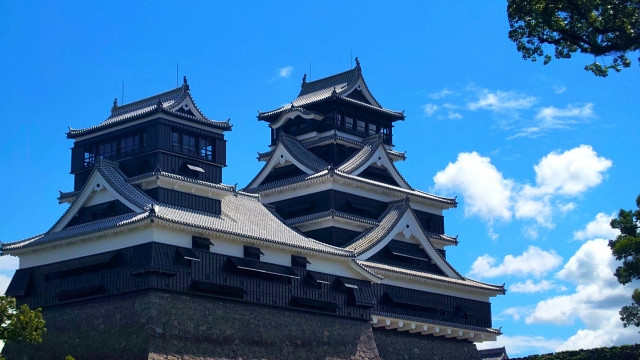
Wondering where to go in Kyushu and what to do? Here are our recommendations for the best places to visit in each of Kyushu's prefectures. We hope it inspires you to visit Kyushu or helps you plan your itinerary.
Fukuoka Prefecture 福岡県
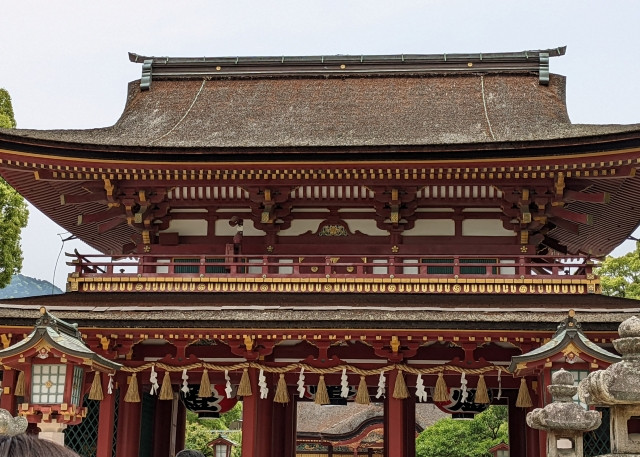
When visiting Fukuoka, be sure to visit Dazaifu Tenmangu Shrine where the god of wisdom and learning, Sugawara no Michizane is enshrined. The shrine is popular with students, many of whom pay a shrine visit when preparing for exams. There are many restaurants and souvenir shops on the way to the shrine when coming from Dazaifu Station, so it is a recommended spot for a leisurely stroll.
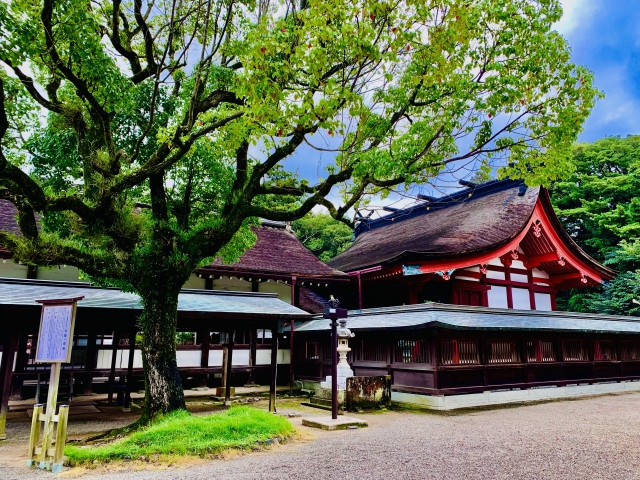
For those interested in World Heritage Sites, Munakata Taisha in the northern part of Fukuoka Prefecture has 4 UNESCO World Heritage places collectively known as the “Okinoshima and Associated Sites in the Munakata Region”. Munakata Taisha is the name for 3 sacred shrines: Okitsu-miya, Nakatsu-miya, and Hetsu-miya, each with their own unique characteristics. Okitsu-miya on Okinoshima in particular is very mysterious as it is forbidden to visit except on May 27 every year, but only to 200 persons who must be men.
[Other Famous Attractions in Fukuoka Prefecture]
-
Akizuki Castle Town (Asakura City)
-
Nakasa Yatai Street (Fukuoka City)
Saga Prefecture 佐賀県
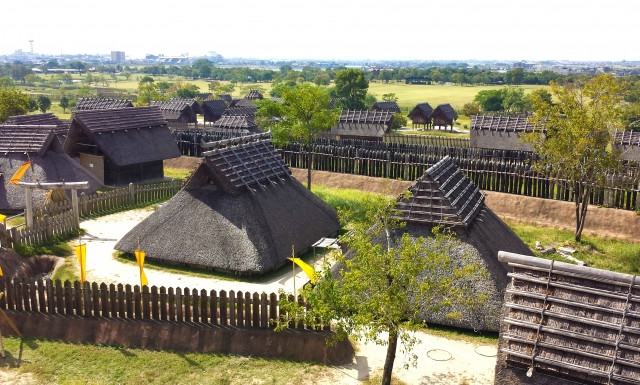
A particularly famous tourist spot in Saga Prefecture is the Yoshinogari Ruins in Yoshinogari Historical Park. The ruins of former dwellings and royal tombs from that time have been excavated, and a moated settlement (a settlement with a surrounding moat) from the Yayoi period has been recreated. The place and its atmosphere will make you feel like you’ve time-travelled back to the Yayoi period. It is recommended for those who are interested in Japanese history.
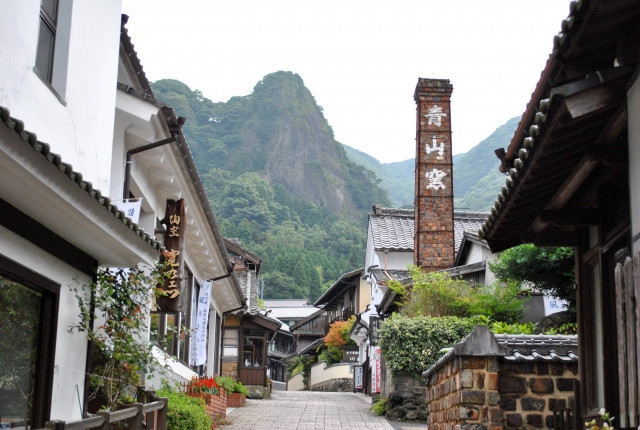
Saga Prefecture has been renowned for its pottery since the Edo period. Okawachiyama Village in the mountains near Imari City is dedicated to the art of pottery. A visit to this quaint secluded village is akin to a walk through history with around 30 pottery workshops and shops that remain unchanged from the past. Fine details of porcelain tiles embedded in the walls and bridges goes to show how dedicated the villagers are to their way of life. Pottery from this village are known as Nabeshima-yaki (鍋島焼).
[Other Famous Attractions in Fukuoka Prefecture]
-
Saga Castle History Museum (Saga City)
-
Saga Balloon Museum (Saga City)
-
Kunenan Gardens (Kanzaki City)
Oita Prefecture 大分県
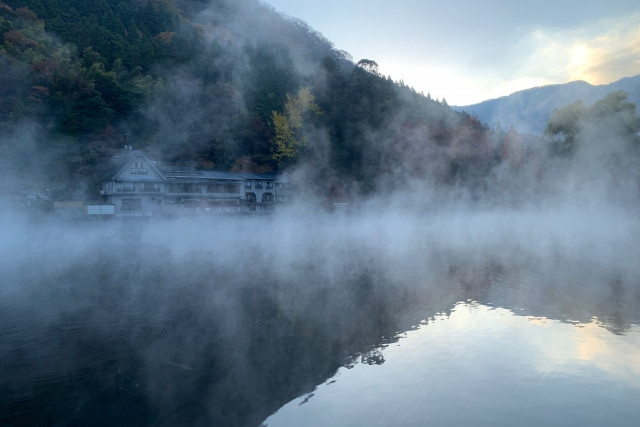
Speaking of Oita’s famous tourist destinations, there’s Yufuin Onsen (由布院 [湯布院]). It is one of Japan’s hot spring areas with many hot spring inns available. Kinrin Lake, near the hot spring town, is a scenic spot, especially in the morning when heavy mist rises from the lake's surface.
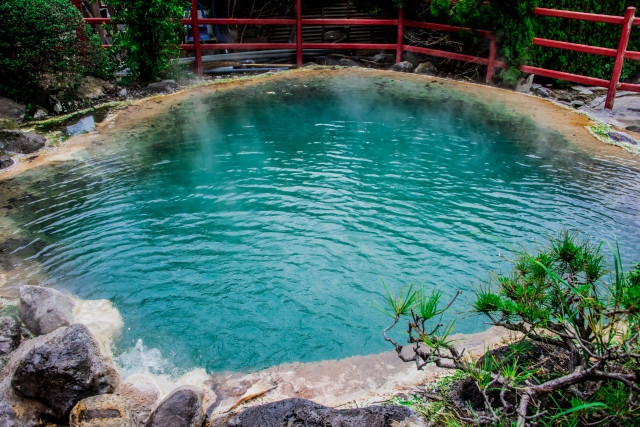
Another major hot spring tourist spot in Oita Prefecture is Beppu Hot Springs Town in Beppu City that has many hot spring facilities as well. The “Beppu Hell Tour (別府地獄めぐり Beppu Jigoku Meguri)” is a huge attraction. It is a tour of 7 hot springs that are designated as “places of scenic beauty”. Unlike typical hot springs, these hot springs are not meant or safe for soaking but to be enjoyed as part of the scenery.
[Other Famous Attractions in Oita Prefecture]
-
Kokonoe Yume Otsuribashi (Kusu District)
-
Takasakiyama Natural Zoological Garden (Oita City)
-
Sanrio Harmonyland (Oita City)
Nagasaki Prefecture 長野県
Nagasaki Prefecture is where the largest theme park in Japan, as of July 2022, called "Huis Ten Bosch" is located. This theme park recreates the townscape of Holland with beautiful flowers and light art. Various attractions and performances can be found here. It is a place where people of all ages can have fun.
[Other Famous Attractions in Nagasaki Prefecture]
-
Nagasaki Shinchi Chinatown (Nagasaki City)
-
Meganebashi (Nagasaki City)
Kumamoto Prefecture 熊本県
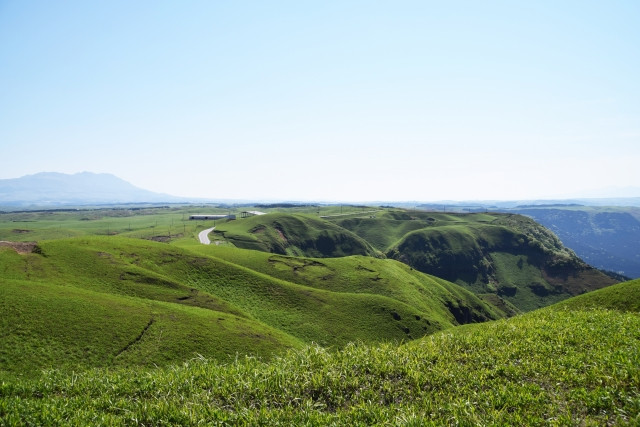
Daikanbo is a famous tourist spot in Kumamoto Prefecture. The panoramic view that overlooks the cityscape of Aso is unforgettable once you’ve seen it. With the right temperature and wind conditions, you may be able to see a "Sea of Clouds (雲海)", a scene that occurs when the clouds drop low and look like an ocean of clouds.
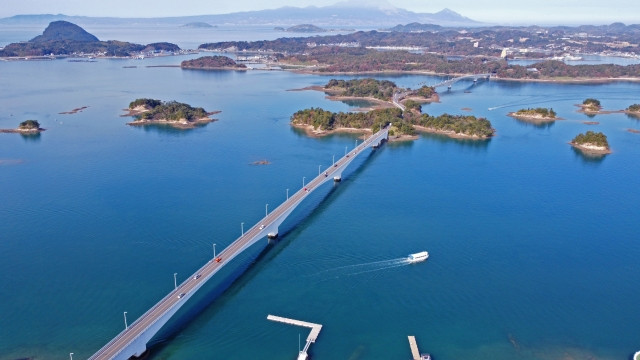
The Amakusa Islands of Kumamoto Prefecture is recommended for lovers of Japanese history. Amakusa was the stage for the “Shimabara Rebellion”, a historical episode in Japanese history when the battle for Christianity occurred. There are many historical Christian buildings left in Amakusa.
[Other Famous Attractions in Kumamoto Prefecture]
-
Kumamoto Castle (Kumamoto City)
-
Suizenji Jojuen Garden (Kumamoto City)
-
Greenland Amusement Park (Arao City)
Additionally, Kumamoto Prefecture, especially Kumamoto City is a place that many foreign nationals find welcoming and comfortable to settle down at. Discover the charms of Kumamoto here.
Miyazaki Prefecture 宮崎県
Takachiho Gorge, a scenic spot that represents Miyazaki Prefecture, is known as the stage of a myth. Manai Falls in particular is famous as a spot for enjoying a mystical atmosphere and scenery. You can get up close to the falls by boat, and when visiting in summer, you can enjoy the sights whilst feeling the cool air.
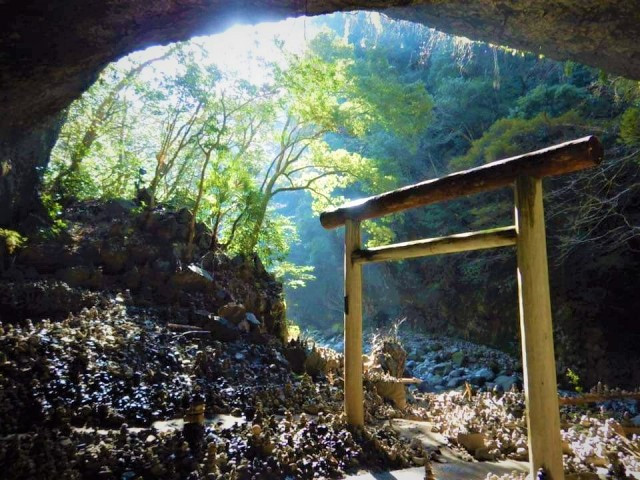
A beautiful shrine that looks like it came straight out of Japanese folklore is Amanoiwate Shrine. It is dedicated to Sun Goddess Amaterasu and her famous legend wherein the world was covered in darkness after she hid herself away in a cave.
[Other Famous Attractions in Miyazaki Prefecture]
-
Aoshima Shrine (Miyazaki City)
-
Sea Cross (Hyuga City)
Kagoshima Prefecture 鹿児島県

Yakushima, a remote island in Kagoshima Prefecture, is an area registered as a World Natural Heritage site. Among the cedar trees, the 7,200-year-old Jomon cedar tree (縄文杉) has a mysterious aura. To get to the place where you can see the Jomon cedar, you have to walk for several hours on a mountain path. It is a difficult laborous process, but it is very much worth doing to admire this mystical tree.
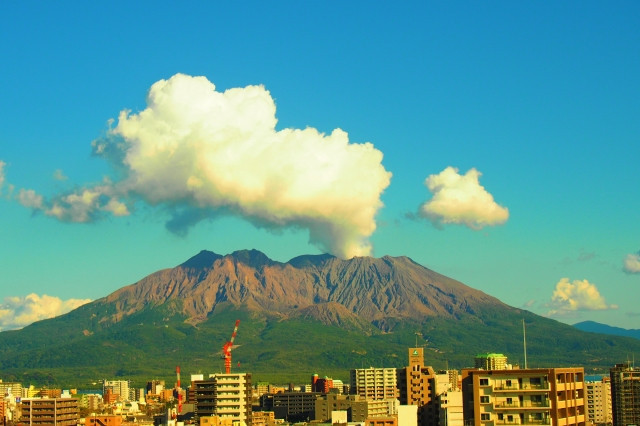
Not for the weak of heart, Sakurajima is an island accessible by ferry only off the coast of Kagoshima. Its highlight attraction? An active volcano that frequently spews volcanic ash over the island’s inhabitants. There are still around 600,000 people, donning masks to avoid breathing in ash, living nearby the volcano. Its latest large-scale eruption occurred in July 2022, when all the island’s residents were evacuated in the middle of the night.
[Other Famous Attractions in Kagoshima Prefecture]
-
Sengan-en (Kagoshima City)
-
Kirishima Jingu (Kirishima City)
Okinawa Prefecture 沖縄県
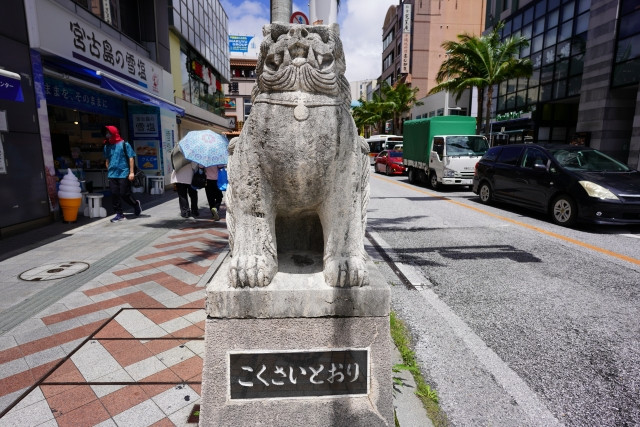
Okinawa Prefecture, one of Japan's leading resort areas, has many tourist attractions. Especially popular with tourists is Naha's main street called Kokusai-dori (literally “international street”). Okinawa local food restaurants and souvenir shops are lined up on this street, so you won't get bored even if you spend a whole day there. It's close to Naha Airport, so you can enjoy shopping and sightseeing until the last minute before leaving Japan.
[Other Famous Attractions in Okinawa Prefecture]
-
Shikinaen Garden (Naha City)
-
DMM Kariyushi Aquarium (Tomigusuku City)
-
Shuri Castle (Naha City)
Recommended Reading for Okinawa Prefecture Visits:
Kyushu Food Recommendations

Here, we will introduce the recommended local specialties in the Kyushu region. Each prefecture has its own specialties, so have a look and include those you like in your travel plans.
Fukuoka Prefecture 福岡県

Fukuoka, said to be the most prosperous prefecture in Kyushu, is known for its delicious food. The most famous dish is “Hakata Motsunabe”, which originated in Fukuoka Prefecture and is now eaten all over the country. It is a hot pot dish made by simmering fresh offal and vegetables such as nira (garlic chives/Chinese chives) and cabbage. In Fukuoka Prefecture, soy sauce-flavoured soup is the standard. After finishing the ingredients, add champon noodles to finish up.
“Karashi Mentaiko”, which is made by pickling Alaska pollock’s ovaries and eggs in a spicy seasoning, is another famous dish. There’s also “Hakata Ramen”, which is characterised by its thin noodles and tonkotsu (pork bone-based) soup is famous and eaten all over Japan. Hakata Ramen is one of “Japan’s Great 3 Ramen (日本三大ラーメン)” alongside Sapporo Ramen (Hokkaido) and Kitakata Ramen (Fukushima).
Saga Prefecture 佐賀県
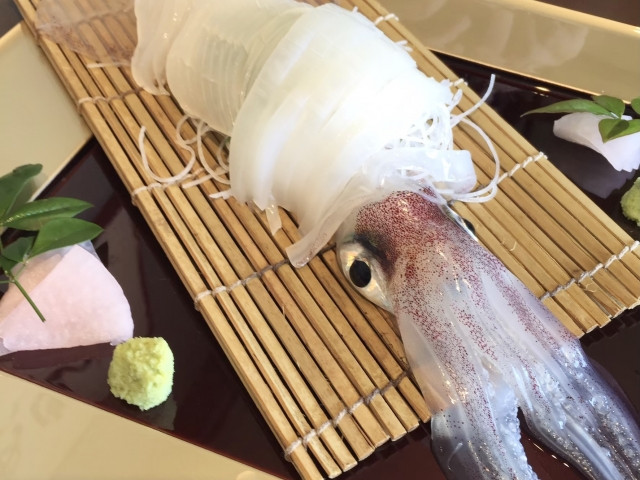
"Yobuko Squid" is famous in Yobuko Town, Karatsu City, Saga Prefecture. “Ikizukuri” is a dish that uses raw squid. The squid’s transparent appearance is beautiful to look at and it has a strong umami flavour. Since it does not have a fishy smell, people from countries that do not have the custom of eating squid still enjoy it. If you don't like raw seafood, we also recommend the squid tempura and squid shumai, which has a tender texture.
In addition to this, “Saga Beef” that has tender meat, and “Takezaki Crab” that is caught in the waters near the Takezaki district at Yobuko-cho, Karatsu City are known as specialty foods of Saga Prefecture.
Oita Prefecture 大分県
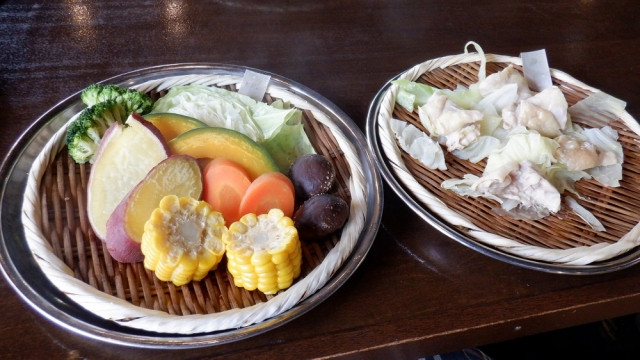
“Jigokumushi Cuisine (地獄蒸し料理)”, which literally translates to “hell steamed cuisine”, is a specialty of Kannawa Onsen in Oita Prefecture in which food is cooked by steaming with the hot spring’s steam. Ingredients such as meat, fish and vegetables are put on a draining basket and arranged in a kiln. The composition of the hot spring water and its resulting steam vapours helps to bring out the umami in the ingredients. It tastes delicious even with simple seasonings of salt or soy sauce. A dessert “Jigokumushi Pudding”, also made by steaming with hot spring steam is a famous local sweet.
Other dishes to try are “Toriten (chicken tempura)” and a dish with wheat flour dumplings called “Dangojiru”. Be sure to try them all!
Nagasaki Prefecture 長野県
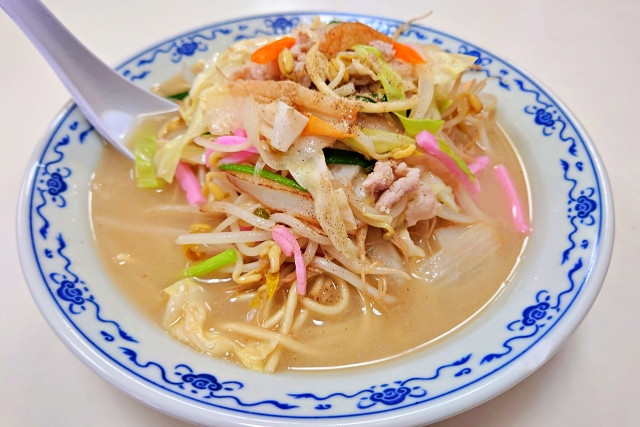
If you’re talking about Nagasaki’s famous food, then it has to be “Nagasaki Champon”. It is a noodle dish featuring thick noodles, chicken and pork bones soup, with ingredients like pork, seafood, and vegetables. It has a mild taste, so even those who are not used to Japanese food will find it easy to eat.
Another famous dish is “Sasebo Burger” that became popular when restaurants around the U.S. military base in Sasebo began reproducing authentic American recipes after being taught by foreign military personnel. There are no fixed ingredients or recipes to make this burger, the only rules are that they need to be made by hand upon order.
Kumamoto Prefecture 熊本県

Kumamoto Prefecture is famous for horse meat, called “Baniku (馬肉)” in Japanese. In particular, “Basashi (馬刺し)”, horse meat sashimi, is a delicacy in Kumamoto. Other horse meat dishes include horse meat hamburgers and horse meat steak. Enjoy them with other types of meat dishes like beef and chicken to compare the taste and texture. In addition to this, “Ikinari Dango”, which is steamed sweet potato and coarse red bean paste, and “Taipien (太平燕)”, which is a Chinese-style dish, are also famous local dishes.
Miyazaki Prefecture 宮崎県

Originating from Miyazaki prefecture, “Chicken Nanban” is a chicken dish. Chicken pieces coated in a liquid mixture of flour and egg are deep-fried, then topped with sweet vinegar and tartar sauce. What started out as a dish for makanai (まかない; meals prepared for staff), is now a popular local dish that represents Miyazaki prefecture. We also recommend “Lettuce-maki”, a sushi roll that feels like a salad, and sweets made with local specialty mango.
Kagoshima Prefecture 鹿児島県
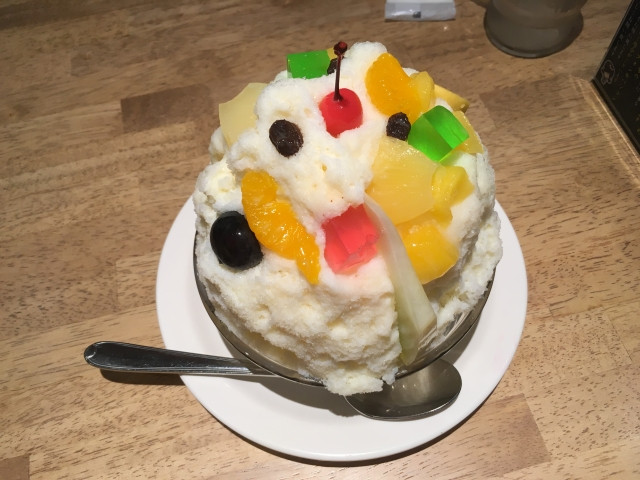
“Shirokuma” is one of Kagoshima’s famous foods. It is a dessert made by putting lots of fruits and agar on top of shaved ice and pouring condensed milk over it. With a refreshing cooling appearance (and taste!), you’ll definitely want to give it a try when visiting in summer.
In addition, "Kurobuta Shabu Shabu" which is a shabu-shabu hot pot dish using local Berkshire pork is also popular with local and foreign tourists.
Okinawa Prefecture 沖縄県
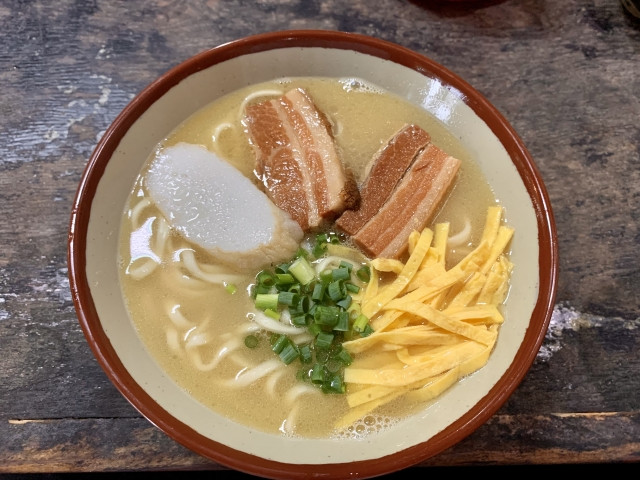
Okinawa Prefecture, which has a deep-rooted unique culture, has many local food specialties that cannot be found in other prefectures. “Okinawa Soba”, which features thick wheat flour noodles and pork, is a popular dish among tourists. In addition, “Goya Chanpuru”, a stir-fried dish using bitter gourd is a specialty of Okinawa, and “Taco Rice”, which is said to have been popularised by soldiers on US military bases, are also unique to Okinawa.
To Close
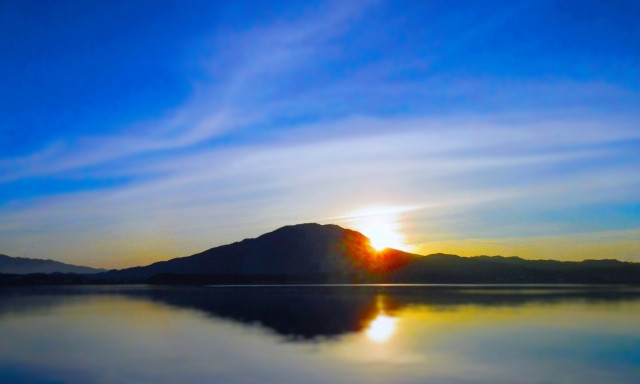
Kyushu is one of Japan’s main islands with a long history that predates even what we know of Japan. Its strategic location contributed greatly to the growth of Japan’s traditions, religion, culture, history, and language, not to mention its own cuisine, tourism, and economy. What we’ve given you here is just a small sample of what Kyushu has to offer.










.png)

 (2).png)







.jpg)











